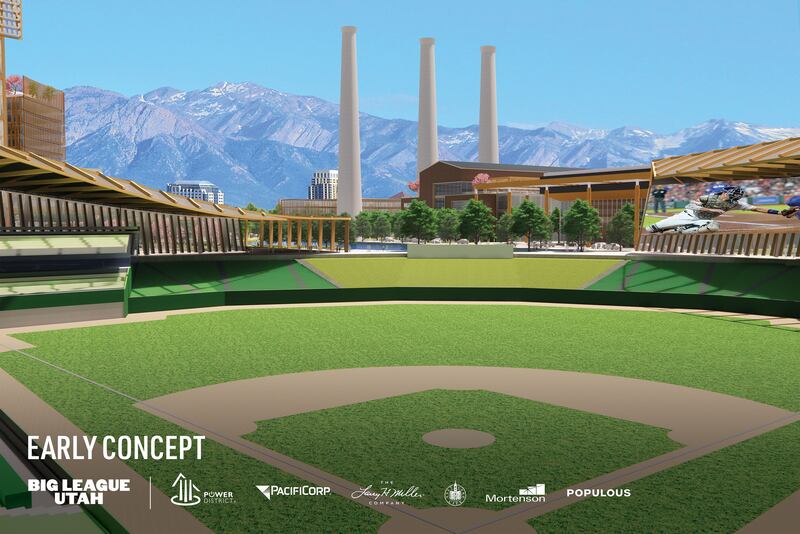Few people would have recognized the value to the community of a struggling, transplanted NBA franchise when the Jazz moved to Salt Lake City in 1979. The team was worse than a joke because most people ignored it.
During that first season, attendance was worse than it had been in New Orleans, the city that failed to adequately support the team. Fewer than 8,000 fans attended each game, on average. The Jazz won just 24 games, losing 58.
But that was before Larry H. Miller came along in 1985, just as the team was on the verge of moving to Miami — a move that might have branded the Wasatch Front as a place unable to support a major sports team, a reputation difficult to erase.
Miller did everything in his power to raise $8 million to buy half of a team that had never earned a dime of profit. But his vision was larger than money. He felt the team would be vital to the city’s future.
That’s why, when the other half of the team was up for sale and the team might be moved to Minnesota in 1988, he bought that half, too, adding to his debt.
The rest of the story hardly needs repeating. Less than 10 years later, the team had united the Wasatch Front and increased its stature in ways few could have imagined.
The lesson is clear. When the Miller family has a vision, it pays to listen.
And, although Larry has sadly passed, Gail Miller has a clear vision of what a Major League Baseball franchise would mean to the Wasatch Front, and a strong track record of building for the good of the state.
The Miller family is a key driver of a newly announced coalition of business, investment, political and sports leaders who are launching a serious drive to acquire a team and build a new stadium to house it. The coalition has gone the extra step of identifying a location, a shovel-ready site for a new big league ballpark on a 100-acre plot owned by the Rocky Mountain Power District on Salt Lake City’s west side.
The site accomplishes two important things. It provides a proximity to downtown Salt Lake City that would make a stadium attractive to visitors and convention delegates as well as local residents (TRAX would provide easy public transportation access), and it would be a shot in the arm for the city’s west side, a place where residents have long complained, with good reason, that they tend to miss out on much of the growth and investment taking place in the city.
The announcement may have caught some people off guard. But the state led the nation in population growth during the teens, and much of that growth settled in along the Wasatch Front. If the greater area is taken into account, including communities with easy access to the city that are outside the traditional metro-area boundaries, such as Tooele and Summit counties, the population is about 2.7 million. The Salt Lake media market is larger than several current major league cities, including San Diego, Kansas City, Cincinnati and Milwaukee.
And the state continues to grow, thanks to a robust economy and business-friendly laws.
Of course, Utah’s big league efforts face tough competition from other cities hoping for one of what many expect to be two new teams, and the decision on which cities to add may take years. There are no guarantees.
However, there is, beyond any doubt, a vision.
“We believe in the power of sports to elevate and unify communities,” Gail Miller said in a statement to the media. She harkened back to the early days of the Jazz, which she has since sold to Utah businessman Ryan Smith.
“Larry and I risked everything to acquire the Utah Jazz, and it was a tremendous honor to ensure it thrived as a model franchise. We now have an opportunity to welcome Major League Baseball to Utah and invite all Utahns to join us in this effort.”
No one should count her out.

